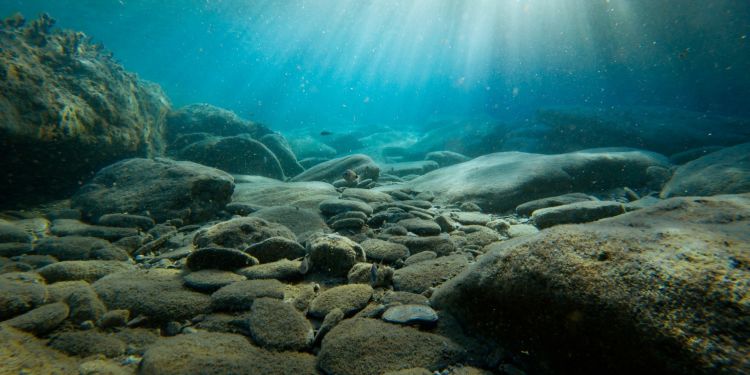The overlooked but essential processes in carbon preservation

Researchers have created a new model to understand how carbon is preserved under the ocean floor.
The cycles of carbon on Earth, the formation of oil and gas in sediments and the Earth’s climate are all influenced by organic carbon preservation in marine sediments.
Organic carbon tends to be degraded in different environments but is mysteriously preserved in oceanic sediments.
It has been unclear which key processes are responsible for this organic carbon preservation in marine sediments.
The new study's authors spent several years developing a model that considers various potential processes to identify the key ones.
Some of the potential processes causing organic carbon preservation include burial in sediments, hydrolysis (carbon breaking down in water), sorption (carbon uptake by mineral surfaces) and molecular transformation (molecules getting bigger and less reactive).
None of the previous models of carbon cycling had considered all of these processes.
Understanding this will help scientists, policymakers and practitioners to plan for the preservation of organic carbon and limit carbon emissions from seas and oceans by bolstering or imitating natural processes.
New estimates that align with field data
Lead author Peyman Babakhani completed the research in the School of Earth and Environment and now works at the University of Manchester.
The research team included Andrew Dale (GEOMAR Helmholtz Centre for Ocean Research), Oliver W Moore, Ke-Qing Xiao, Lisa Curti and Caroline Peacock (School of Earth and Environment) and Clare Woulds (School of Geography).
The team developed a new model that took into account a wider range of natural carbon preservation processes than any previous models.
They used artificial intelligence to apply the model and determine which processes are more important.
The results, now published in Nature Geoscience, show a carbon preservation efficiency almost three times higher than previously calculated by models.
They matched the results to data from field measurements and found that the efficiency of carbon preservation better matched the field data when including the newer processes.
A cooperation of two main processes
The researchers found that sorption and molecular transformation are the dominant controls on organic carbon preservation.
Together, these two processes protect organic matter from degradation in the top layer of the sediments and transport them deeper, where the organic carbon can be released from minerals.
Over time, this preserved organic carbon may become oil or gas, stored as a substantial amount of carbon that could otherwise be released into the atmosphere as carbon dioxide.
This study reveals the critical role of sorption and molecular transformation in the carbon cycle within global marine sediments and the Earth’s climate.
The new insight and models may be used to investigate climate change mitigation strategies such as ocean fertilisation.
Dr Babakhani said: "It was amazing to see how the combination of a new numerical model, Monte Carlo, and artificial intelligence provided crucial insight into preserving organic matter in marine sediments that had been debated for decades.
"Artificial intelligence, generally known to be a black box technique, turned out to shed light on underlying processes when it was used properly."




